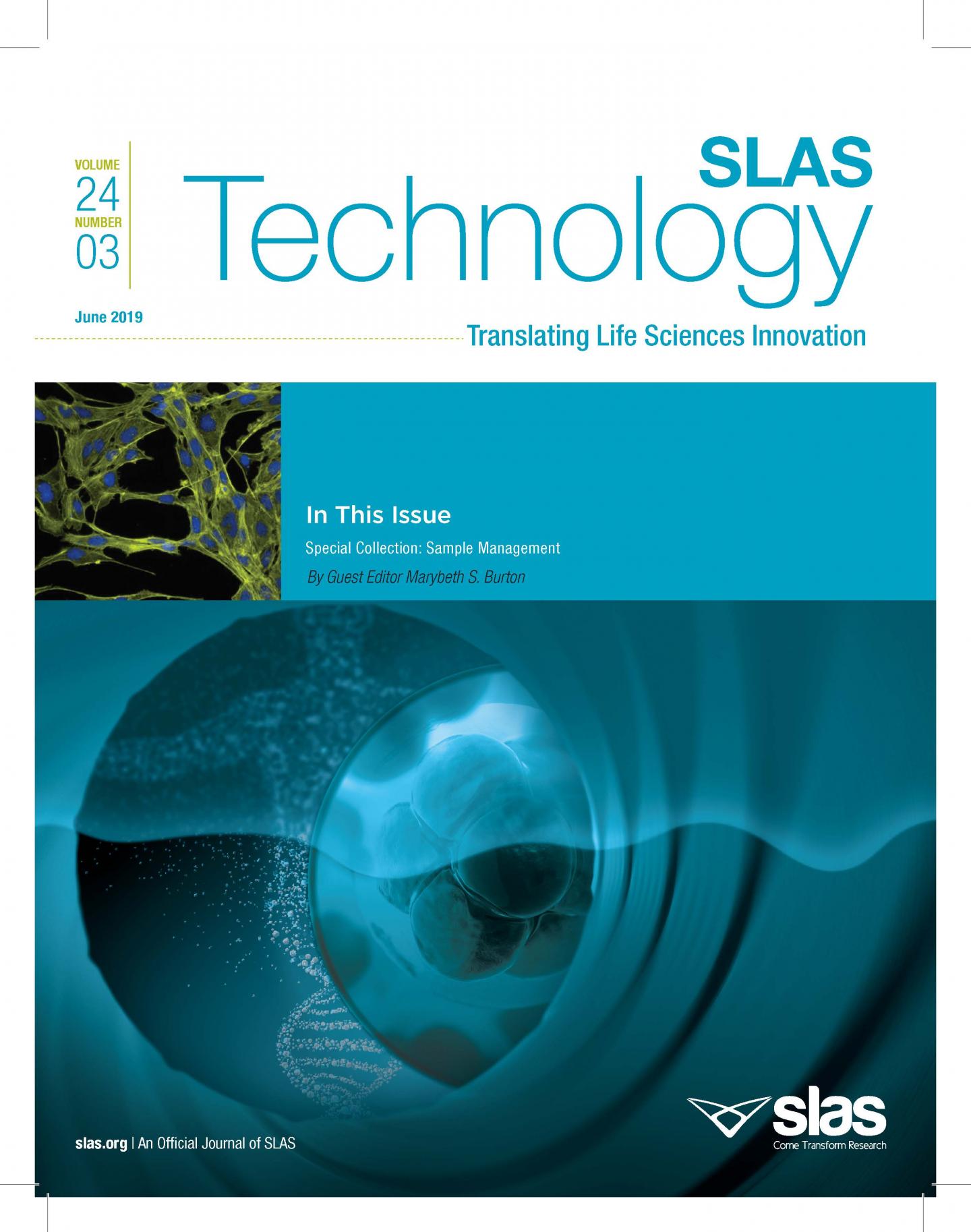
IMAGE: Nerve synapsis, cell sample. view more
Credit: David James Group
Oak Brook, IL – The June issue of SLAS Technology features the article, “Next Generation Compound Delivery to Support Miniaturized Biology,” which focuses on the challenges of changing the established screening paradigm to support the needs of modern drug discovery. The article also leads this special collection on The Science of Sample Management: Enabling Discovery from Bench to Clinic, based on content from SLAS 2018 Americas Sample Management Symposium.
In the article, authors Snehal Bhatt, Ph.D., (Massachusetts College of Pharmacy and Health Science University), Sue Crimmin, Ph.D., (GlaxoSmithKline) and Lorena Kallal, Ph.D., (GlaxoSmithKline) explain the shift from traditional microtitre screening to the use of well-less plates. This shift enables the use of disease-relevant cells and tissues for miniaturized biology, which more effectively mimic the disease state. A more effectively mimicked disease state in turn provides better indicators of efficacy therefore reducing the high level of attrition that normally impacts conventional drug discovery.
Running miniaturized biological platforms in well-less formats requires novel approaches to sample handling. These unique approaches then enable the introduction of small molecules into new assay formats such as arrays and nanowells. The authors describe proof-of-concept experiments using a microarray device onto which cells can be deposited and grown in less than 100 nL volumes. The dispensing of 2.5 nL droplets of drug-like molecules into cellular assays on these arrays shows the feasibility of developing ultraminiaturized assays for drug screening.
Proof of concept experiments like those included in their research are paving the way to a future where patient samples and human cell samples will be used to screen, test and design the drugs of the future.
###
June’s SLAS Technology special issue can be accessed at https:/
SLAS (Society for Laboratory Automation and Screening) is an international community of 19,000 professionals and students dedicated to life sciences discovery and technology. The SLAS mission is to bring together researchers in academia, industry and government to advance life sciences discovery and technology via education, knowledge exchange and global community building.
SLAS Technology: 2017 Impact Factor 2.632. Editor-in-Chief Edward Kai-Hua Chow, Ph.D., National University of Singapore (Singapore). SLAS Technology (Translating Life Sciences Innovation) was previously published (1996-2016) as the Journal of Laboratory Automation (JALA).
SLAS Discovery: 2017 Impact Factor 2.355. Editor-in-Chief Robert M. Campbell, Ph.D., Eli Lilly and Company, Indianapolis, IN (USA). SLAS Discovery (Advancing Life Sciences R&D) was previously published (1996-2016) as the Journal of Biomolecular Screening (JBS).
Disclaimer: AAAS and EurekAlert! are not responsible for the accuracy of news releases posted to EurekAlert! by contributing institutions or for the use of any information through the EurekAlert system.

